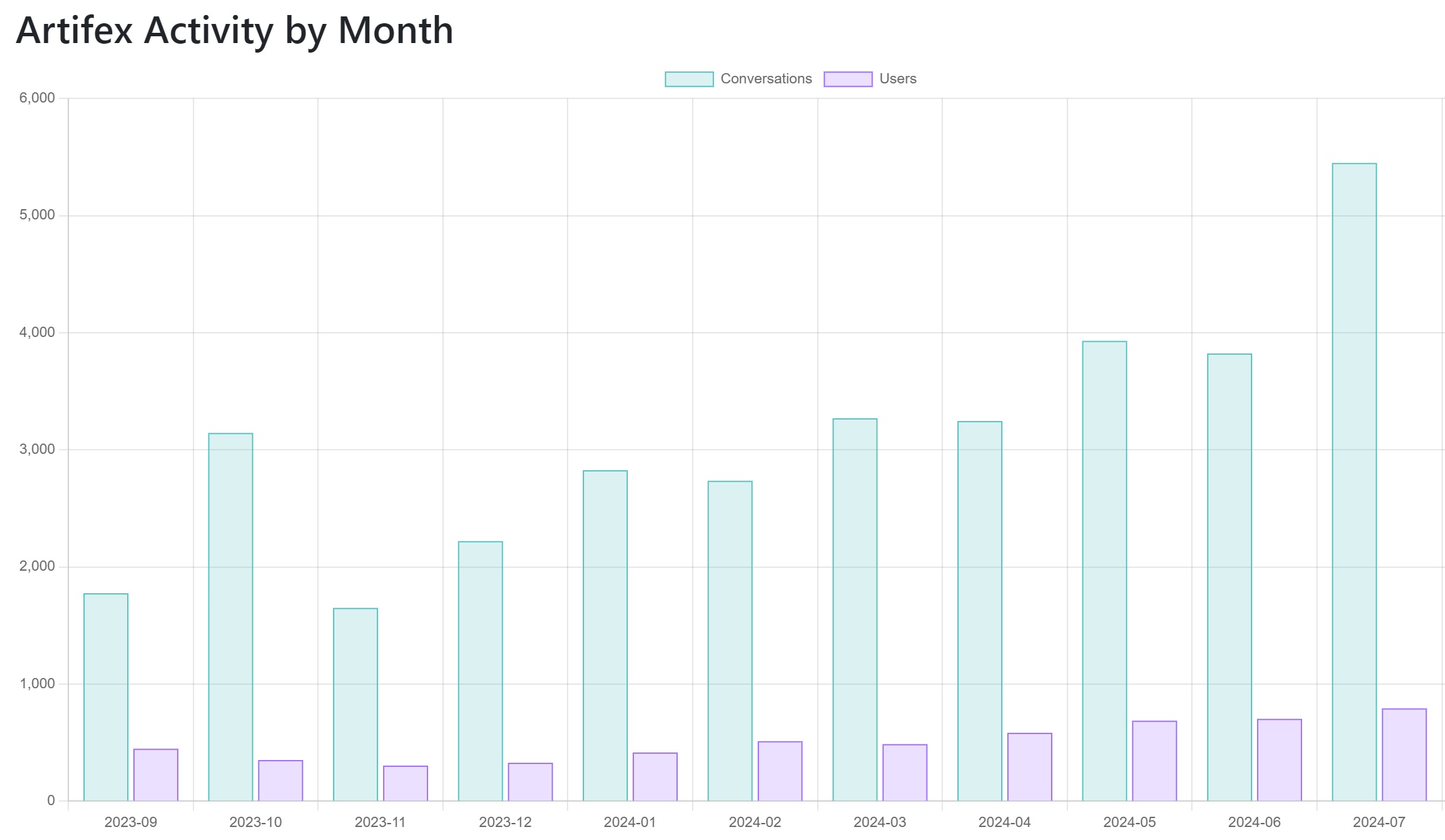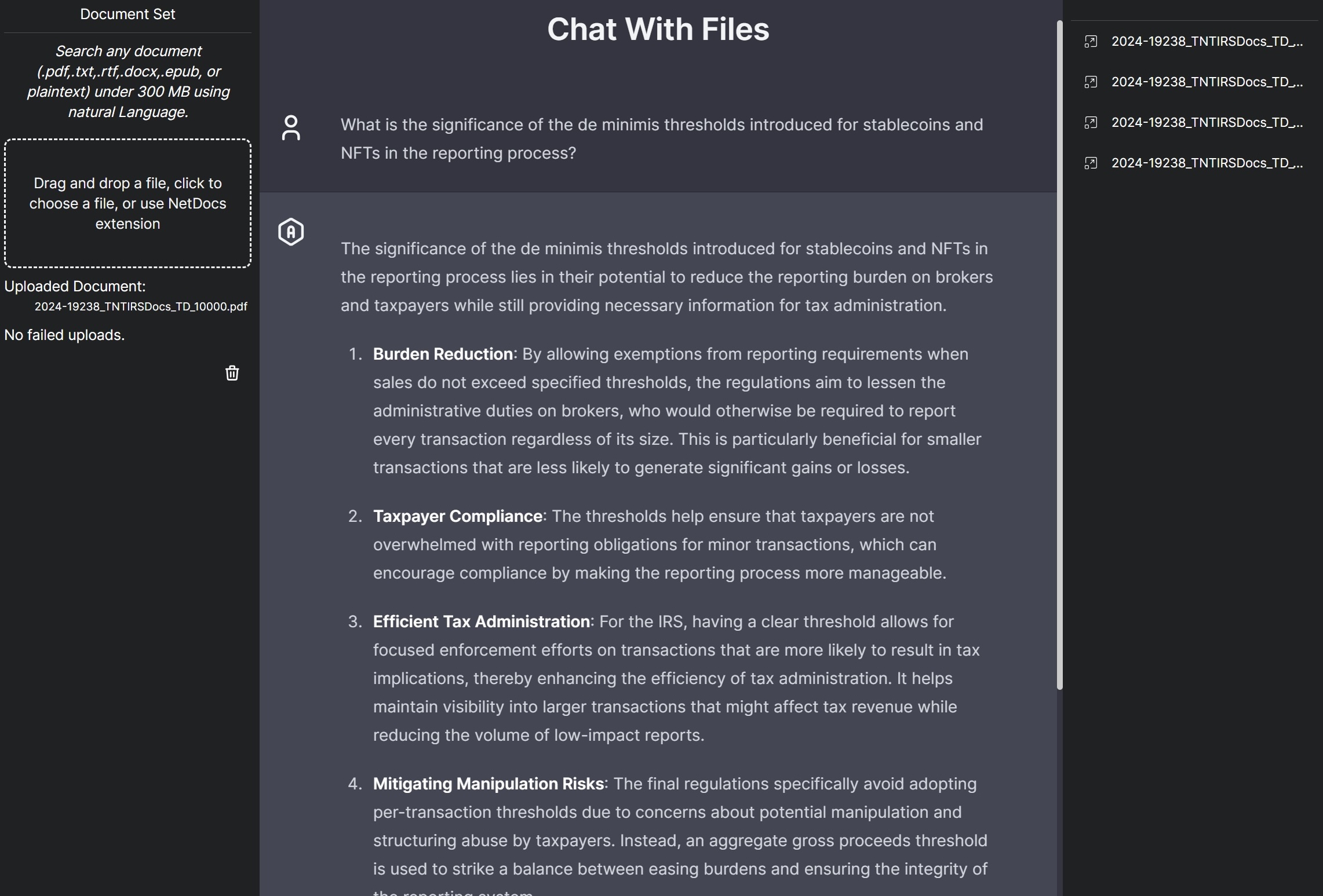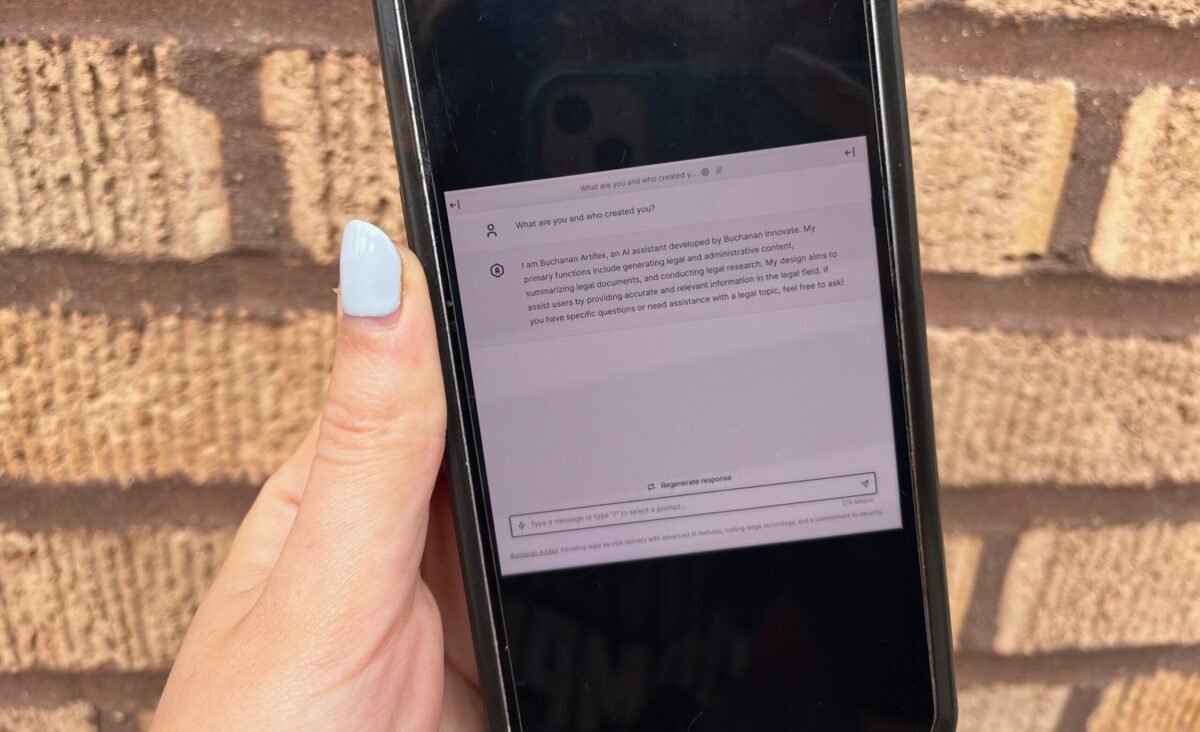Law firms are usually as traditional as they come, but Pittsburgh’s Buchanan Ingersoll & Rooney recently seized the opportunity to jump on the latest AI technology wave.
It started with early exploration of ChatGPT, back in 2022, and quickly evolved into a bigger in-house project. CIO Scott Angelo and IT Director Jeff Lagana set out on a journey to create “Artifex,” a platform designed to bring the benefits of generative AI to the law firm and its clients.
While they saw the potential for the tech to take over tedious tasks, first they had to figure out how to address data security and confidentiality concerns.
“From the get-go, we were struck by how powerful ChatGPT was,” Angelo said. “But with our backgrounds in cybersecurity, Jeff and I knew we needed to explore this technology in a controlled environment — one that allowed us to harness its potential while safeguarding our data.”
First, they built an internal sandbox where attorneys could safely experiment with AI, or a controlled environment where to test new ideas, tools or technologies safely without affecting main systems or operations.
Over the past year, Artifex has evolved from a basic AI tool into a sophisticated platform used by over 30% of Buchanan’s 450-person staff, from junior associates to senior management. It automates Buchanan’s time-consuming tasks.

For instance, when attorneys need to review large sets of similar documents, Artifex can take a first pass, extracting key information and generating a summarized report.
The platform also handles many such repetitive and mundane tasks, allowing attorneys to focus on more complex, high-value work.
“A great example is our work on regulatory updates,” Lagana says. “These updates often come in the form of hundreds of pages of complex legal text. Artifex helps by summarizing these documents, allowing attorneys to quickly grasp key points.”
Attorneys have developed creative applications, leading to several “lightbulb” moments. Lagana shared that one team created a workflow to compare multiple contract versions and automatically flag key differences and potential issues, transforming their approach to legal work.
In one instance, an attorney used the tool to prepare for a last-minute interview on a recent regulatory change. She sent the 280-page document, released that same day, through Artifex and released a much more manageable 30-page summary, Lagana said.
After reviewing the summary, she had several follow-up questions. By using Artifex’s “Chat with Documents” feature, she uploaded the full document and asked her clarifying questions.
In less than an hour, she was fully prepared for the interview, according to Lagana.
Regulating data, privacy controls in a regimented environment
The Buchanan team has developed several proprietary solutions built on Artifex. A notable advancement has been in prompt engineering.
The team developed workflows that help share and refine prompts, establishing a repository of best practices. For example, when the litigation team created an effective method for summarizing depositions, this approach was disseminated throughout the firm, improving overall efficiency.
“Artifex started as a way to introduce our team to generative AI, helping them get comfortable with the technology and understand its strengths and limitations,” Lagana said. “We faced challenges such as context limits and hallucinations — common issues with large language models — and worked to address them.”

Public large language model chatbots, like ChatGPT, have key limitations. They often retain and train on all prompts and responses, lack enterprise-level monitoring and offer minimal data protection, usually just basic filters.
Plus, context limits meant the AI could only remember so much information at a time and hallucinations occur when AI generates inaccurate or made-up information.
Lagana and his team built Artifex using ChatGPT as its core model due to its robust data management features and Zero Data Retention (ZDR) policy, after considering options like like Microsoft’s CoPilot and Google’s Gemini.
ChatGPT’s ZDR policy ensures that no data submitted to the system is stored or used for further training, addressing a critical concern for legal firms handling sensitive information. However, ChatGPT has been involved in data use controversies in the past, with concerns about how data is handled and the potential for misuse.
The Artifex team has additional protections in place, too.
It logs and retains conversations while blocking sensitive data and validates content to prevent inaccuracies, profanity and personally identifiable information leakage. Lagana’s team also integrated in-house data to generate responses based on general AI capabilities and pull from the firm’s repository of legal documents, ensuring outputs were both relevant and accurate.
“If a user attempts to input sensitive information, such as a social security number, our system flags it and prevents it from being processed,” Lagana says. “This ensures that sensitive data remains secure and within our control.”
With AI adoption on the rise — projected to grow significantly in various industries — other businesses can benefit from using carefully, controlled implementation to refine AI applications before wider deployment.
Looking to the future, Buchanan cautiously envisions extending Artifex’s capabilities beyond internal use, to clients and other law firms. The firm eventually aims to offer Artifex to clients as a secure, controlled AI service with advanced data protection features not available in standard enterprise tools.
“Ensuring the tool is fully optimized and secure,” Angelo said, “is our top priority before considering a broader release to the legal market.”
Before you go...
Please consider supporting Technical.ly to keep our independent journalism strong. Unlike most business-focused media outlets, we don’t have a paywall. Instead, we count on your personal and organizational support.
3 ways to support our work:- Contribute to the Journalism Fund. Charitable giving ensures our information remains free and accessible for residents to discover workforce programs and entrepreneurship pathways. This includes philanthropic grants and individual tax-deductible donations from readers like you.
- Use our Preferred Partners. Our directory of vetted providers offers high-quality recommendations for services our readers need, and each referral supports our journalism.
- Use our services. If you need entrepreneurs and tech leaders to buy your services, are seeking technologists to hire or want more professionals to know about your ecosystem, Technical.ly has the biggest and most engaged audience in the mid-Atlantic. We help companies tell their stories and answer big questions to meet and serve our community.
Join our growing Slack community
Join 5,000 tech professionals and entrepreneurs in our community Slack today!

The person charged in the UnitedHealthcare CEO shooting had a ton of tech connections

The looming TikTok ban doesn’t strike financial fear into the hearts of creators — it’s community they’re worried about

Where are the country’s most vibrant tech and startup communities?




